Teak Alternatives with the Same “Teak” Look

Embrace the Teak look without the limitations of genuine Teak or the cost. Trade up to alternative species for sustainability and greater size availability. This finished line of products provides the classic Teak look with durability, a wide range of sizes and custom profiles, and UV resistance for your exterior cladding or decking.
Luxurious Teak Designs
The Teak look is timeless. The honey brown look which is so ubiquitous with yachts became all the rage for furniture and interiors with the Midcentury Modern style. This Teak appearance is long utilized in Scandinavian design and elevated further with modern homes that transport the visitor from inside to outside with one seamless look. Our Teak Tradewinds line pulls together our centuries of sourcing experience with the requests from thousands of customers looking for that Teak look. Whether your project calls for cladding, interior panels, flooring or decking and soffits, Teak Tradewinds has a solution for you.

Teak “ish” Cladding & Decking Aesthetic
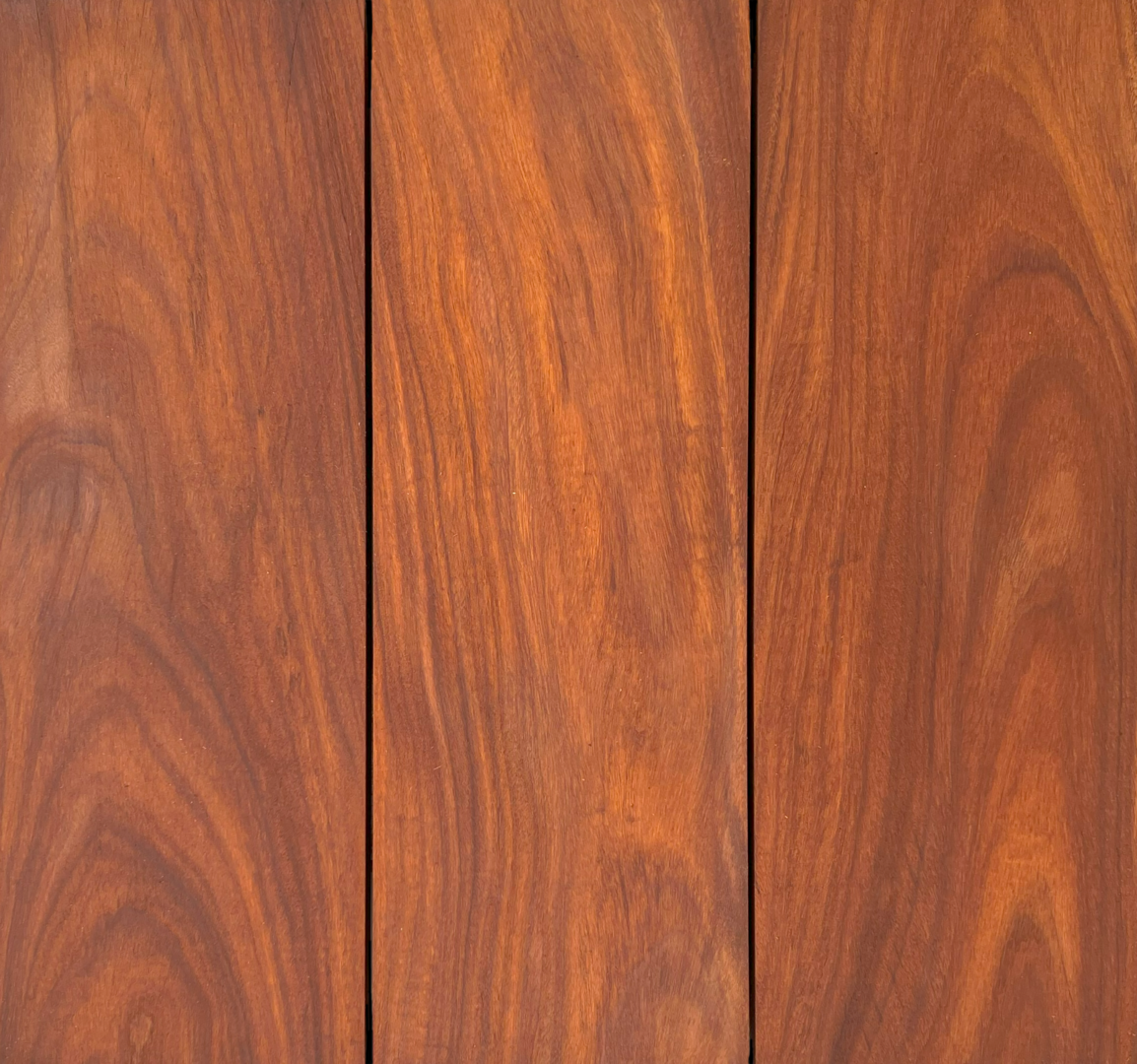
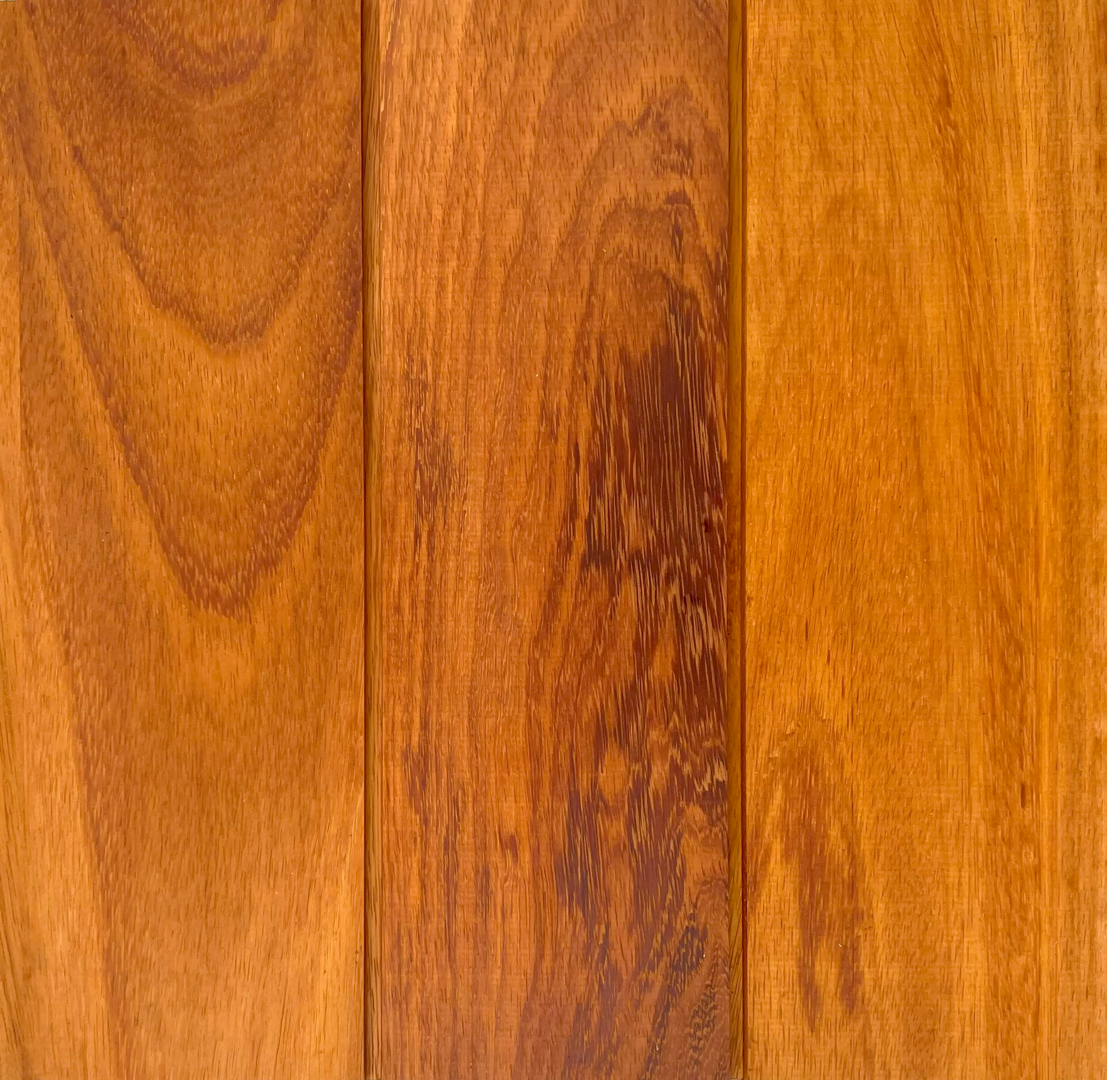
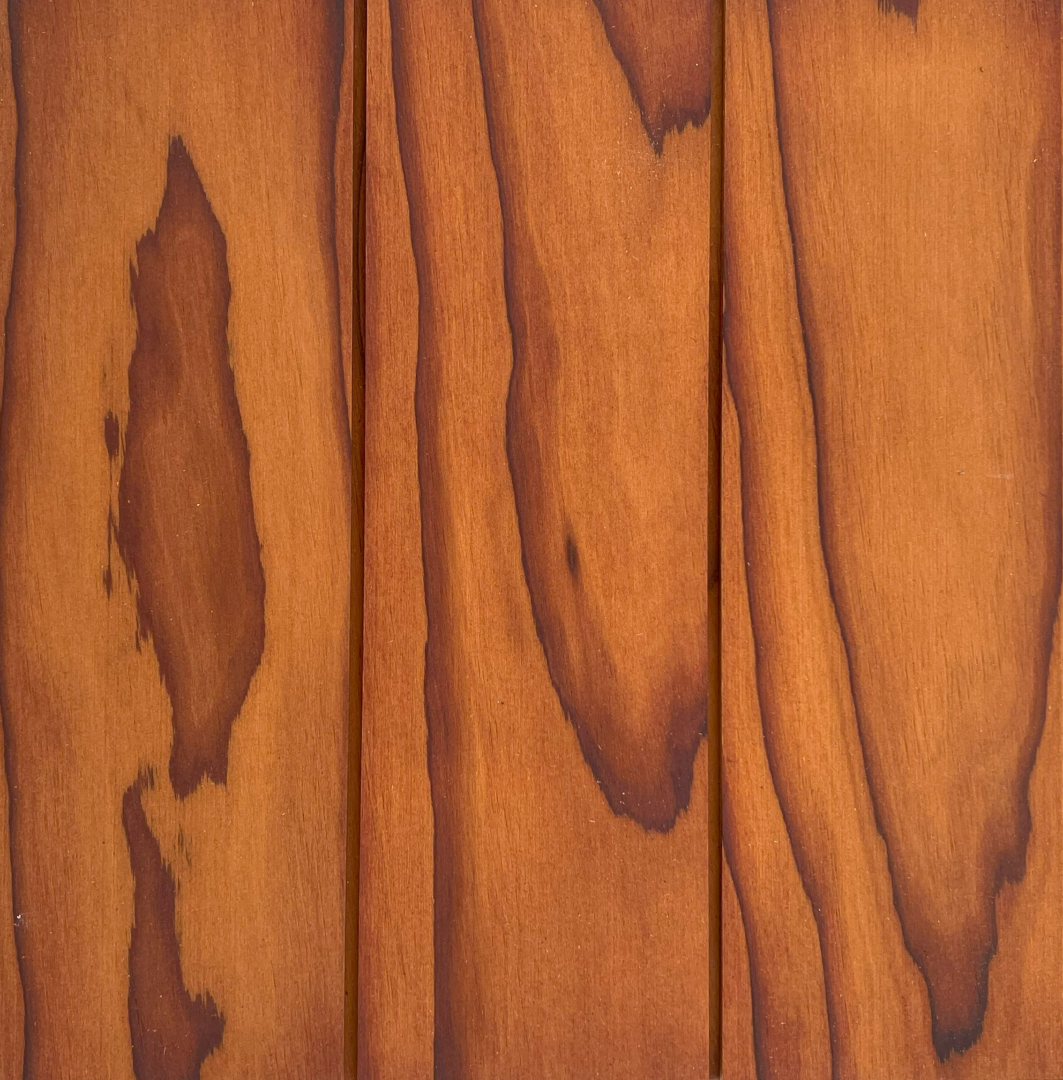
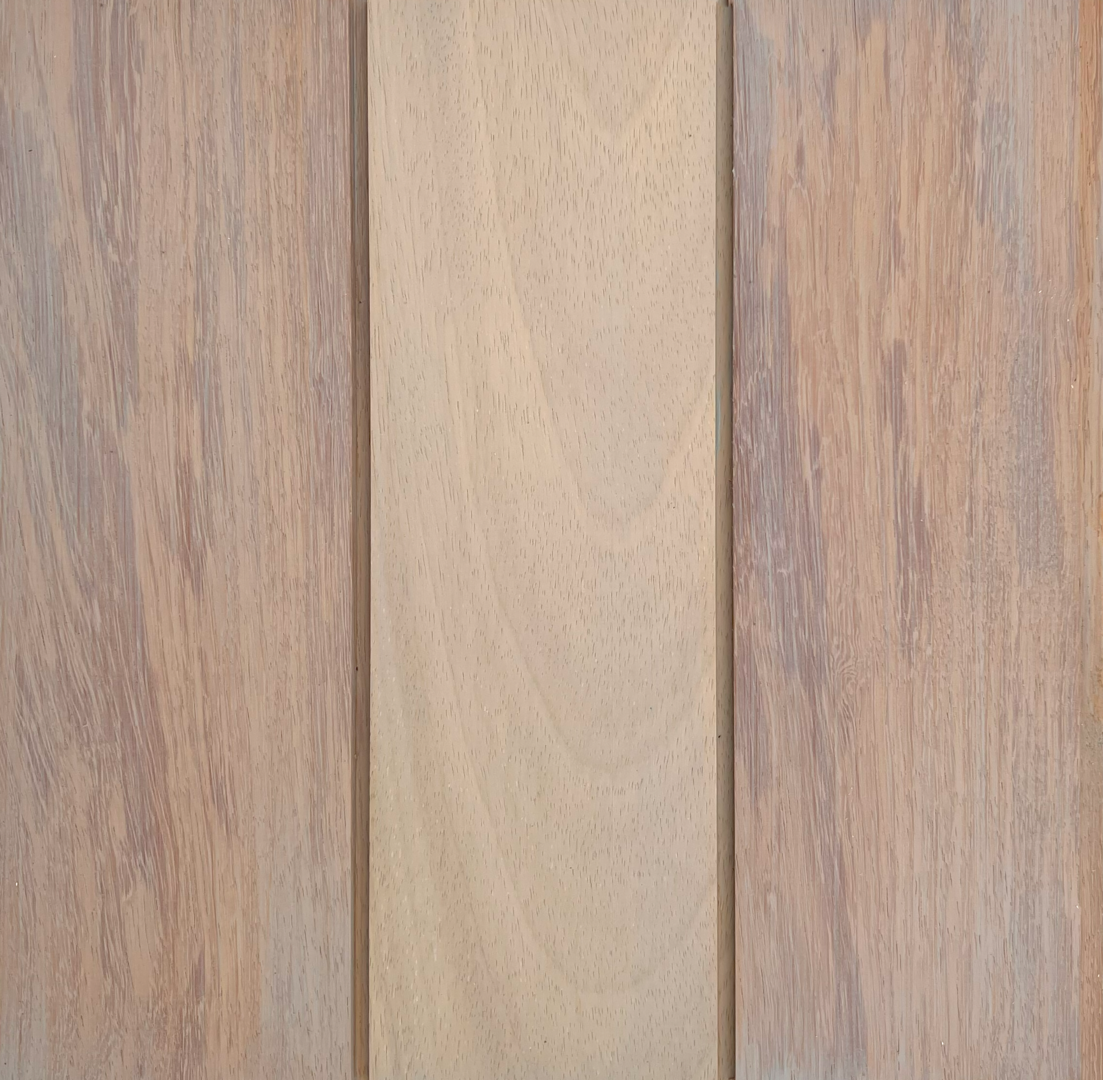
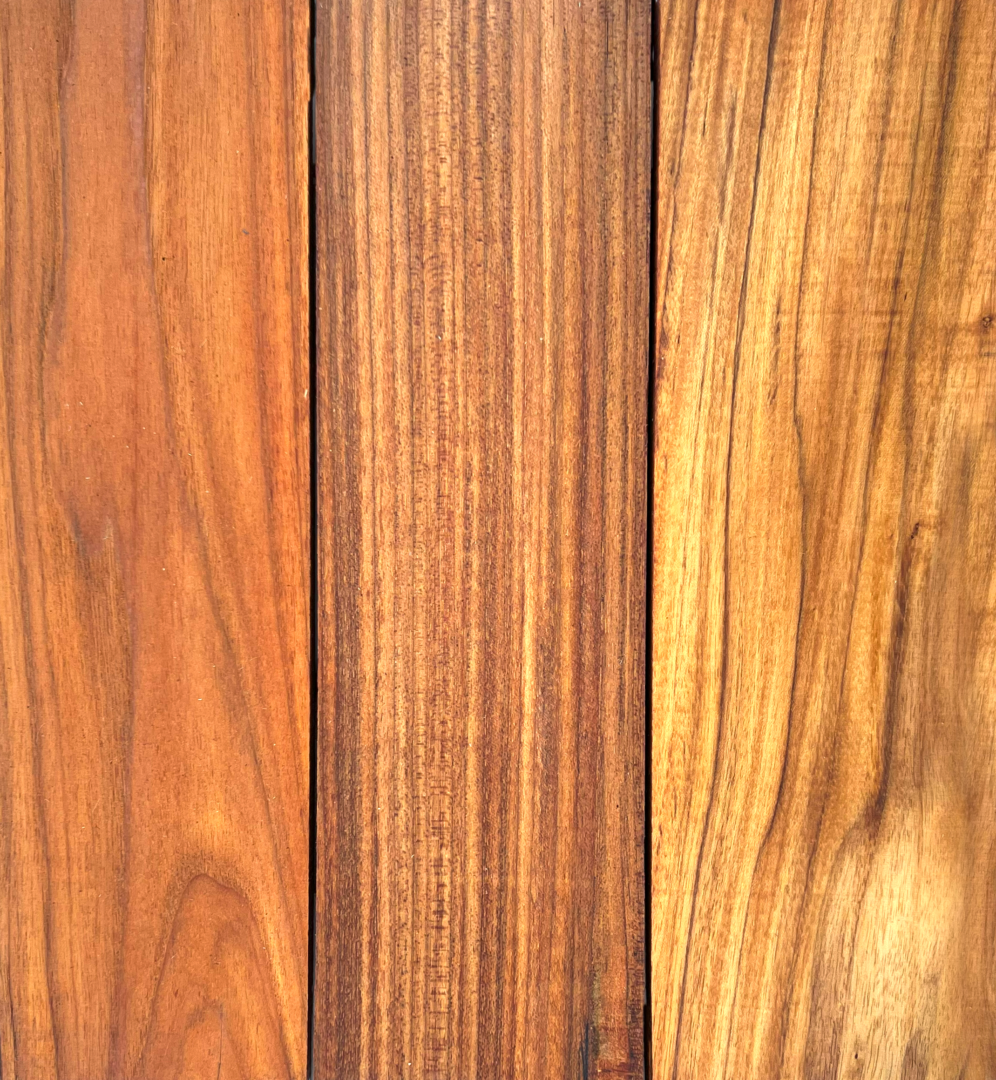
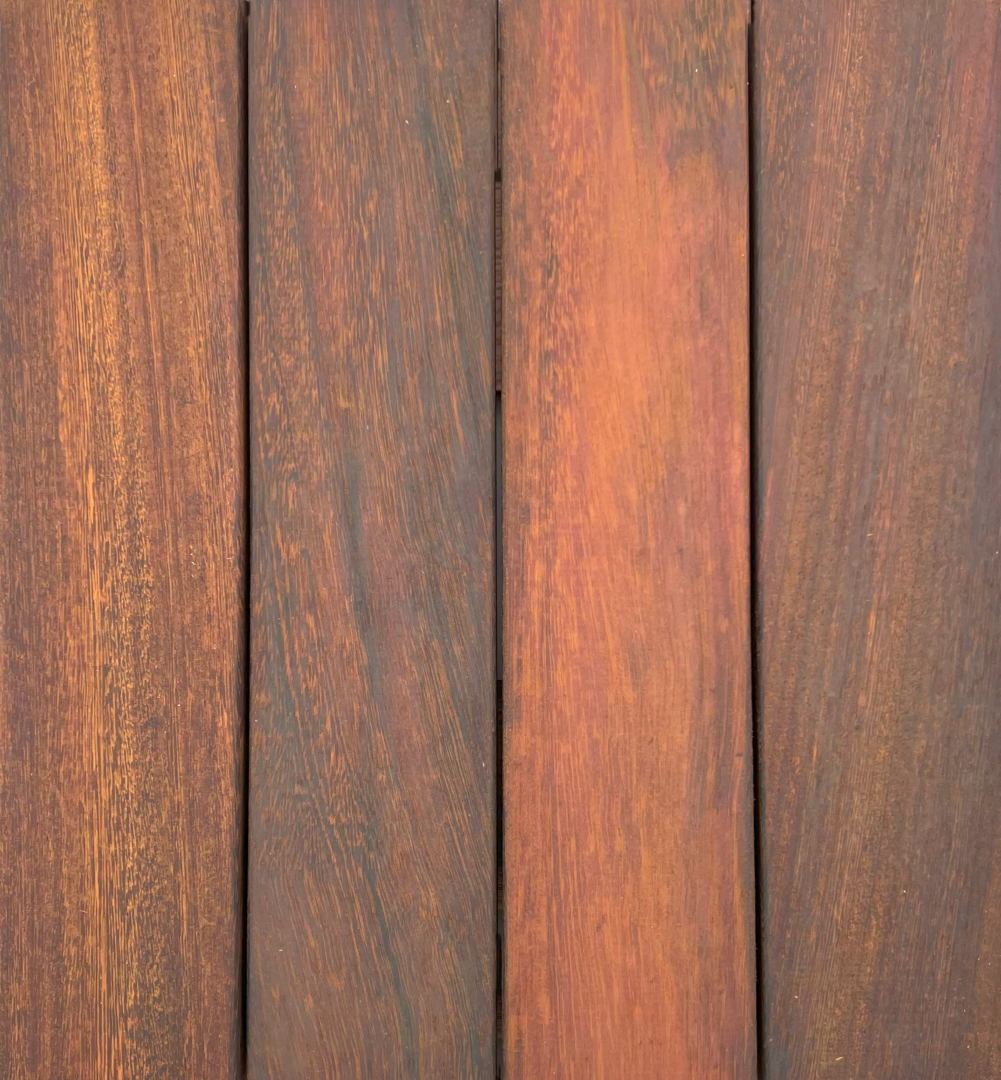
Teak Sustainability Means Consistency
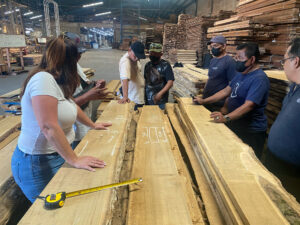
For generations J. Gibson McIlvain Co. has helped to shape the management and import of genuine Teak. Myanmar Teak has long been the de facto species for boat building because of its superior performance in maritime conditions due to the high silica and oil content. Teak’s popularity has grown immensely into residential design. But the performance of genuine Teak has always been overkill for the residential home space. As availability of genuine Teak has changed due to political and environmental concerns, McIlvain has been working with our suppliers around the world to identify and foster new alternative species to service the residential market. We have visited various concessions and worked closely with sawmills all across the globe to understand the unique nature of each species and their geographic eccentricities.
Embracing alternative species and sources not only takes pressure off genuine Teak for boat builders but also provides a level of consistent supply where sustainable harvesting has been considered from day one. Species like Iroko, Afrormosia, and plantation varieties of Teak are produced in heavily managed (often FSC) concessions with in depth line of sight to harvesting practices not just to increase the quality and dimensional yield but also to maintain that quality for decades to come. THIS more than anything is how we classify sustainability. A focus on the best practices for the environmental health of a species will yield the most consistent lumber quality from year to year and decade to decade. Being able to continue to supply these products is how we ensure that the forestry is cared for properly. Significant resources have been brought to bear to build a supply chain that we can proudly stand behind.



